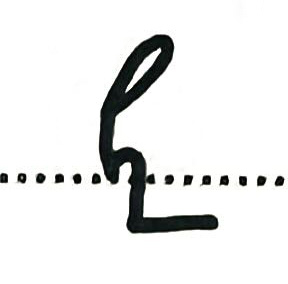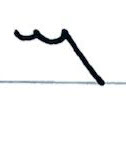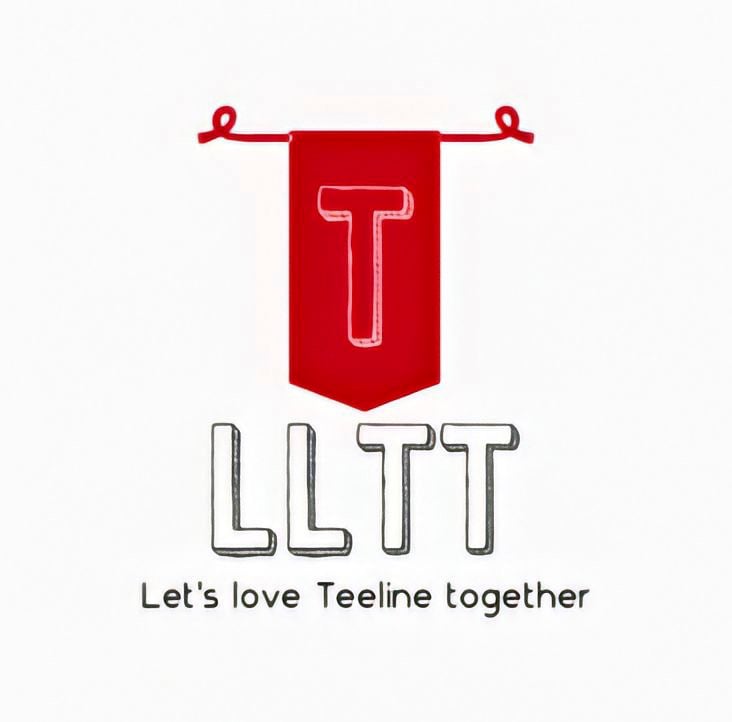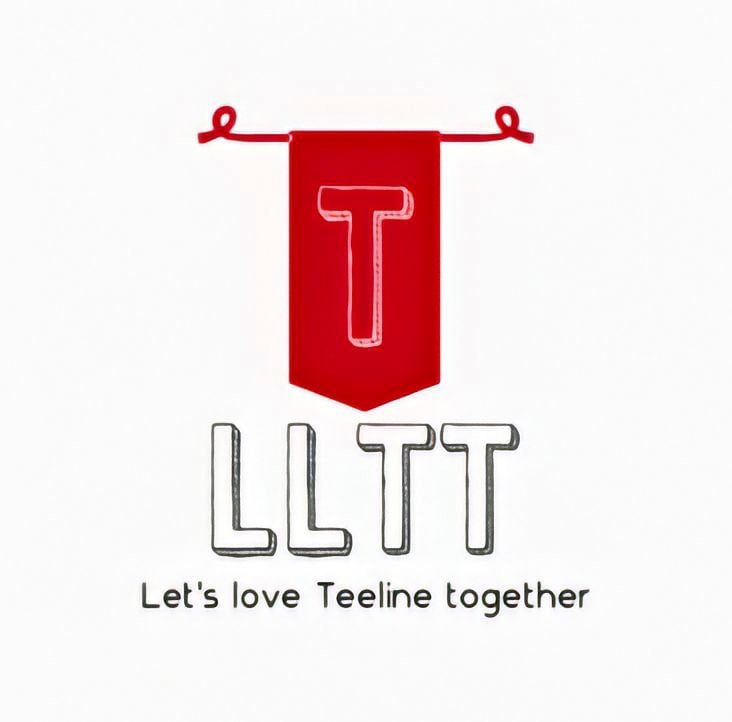LLTT Newsletter - May 2025

LLTT - May 2025
A familiar frustration: you've mastered the basics, worked on building up a solid vocabulary, yet find yourself stuck at the same speed. Why has progress stalled?

The Learning and Maintenance Phases of Teeline
While regular practice remains essential, understanding the difference between learning new outlines and maintaining existing ones can explain why your progress seems to stall.

Learning an outline or grouping for the first time means building your memory from scratch. Your brain must establish new neural pathways and encode visual patterns. This initial encoding is fragile and requires frequent reinforcement (yes, work!). You might need to encounter a new outline several times before it even begins to stick at all, and even then, the memory can remain vulnerable.
Maintaining previously learned outlines strengthens existing mental pathways and prevents decay. This phase requires less intense effort than initial learning, but it still demands consistency. Even well-established outlines can fade surprisingly quickly.
"Choose consistency over intensity, because consistency compounds."
Therefore, your revision work should adapt as you progress. Beginners need intensive drilling with frequent repetition of new outlines. Once you've built a larger vocabulary, however, this approach requires some fine tuning. You cannot give thousands of outlines the same concentrated attention you gave your first hundred.
Use it or lose it.
Outlines or groupings you rarely encounter will disappear more quickly than words you use every day. Technical terminology might vanish entirely after a few months away from that field.

However, fundamental combinations remain solid for years once properly learned.

This creates an interesting shift. As your Teeline skills develop, you will likely spend more time maintaining what you know rather than learning new material. Many intermediate learners don't recognise this transition and hit what feels like a plateau.
Early on, acquiring new outlines comes quickly because everything is fresh and your brain is building from zero. But this initial pace is deceptive. As you improve, your progress becomes less about adding new material and more about retaining what you've learned. Here’s the important idea: You haven't stopped improving. The work has simply shifted. Understand this transition is actually a natural evolution in your learning.
The Vocabulary-Speed Connection
As I.C. Hill observed:

When you don't understand what you're writing, you're doing two jobs at once: figuring out the meaning and getting it down in shorthand. Your brain is juggling comprehension, prediction, and execution all at the same time. This overload can lead to mistakes. If this sounds familiar, don't worry, it happens to everyone. If it hasn’t, you might need to challenge yourself more.
See The Eight Stages of Writing Shorthand
For example: If you're a sports journalist, spending revision time with court reporting vocabulary is entirely worth the effort. It’s important to expand beyond your comfort zone. By working to improve your vocabulary, you are not only building the foundation for faster dictation, but also preventing previously learned material from disappearing.
Approaches
Ideas for initial learning
Pattern grouping sheets. Consider organising related outlines together (similar endings, common prefixes, thematic vocabulary). This helps your brain recognise underlying construction principles rather than memorising isolated shapes.
Controlled dictation software. Apps that allow you to adjust the dictation speed let you control the challenge level. They build confidence by letting you start slowly with unfamiliar vocabulary, then gradually increase the pace as the material becomes second nature.
Ideas for maintenance
Spaced-review systems. Whether you use flashcards, outline sheets, or apps, spacing your revision work is key. You cannot do it all at once. Rotate through reading passages, outline recognition sheets, or use a Focus Word list.
Domain-specific reading materials. Regular reading of Teeline is important. Sports terminology, legal language, and technical writing each have distinct vocabularies that require active upkeep.
Quick recognition drills. Short, focused sessions emphasising speed of recognition rather than production are beneficial. These help you maintain your sight recognition skills without the time investment of a full writing practice session.
The Reading-Writing Paradox
Here's something that might surprise you: while a competent shorthand writer is almost certainly a good reader, the reverse isn't necessarily true.
Writing shorthand requires internalising visual patterns so deeply that you can produce them automatically under time pressure.
Reading shorthand is more forgiving. You often recognise words through contextual clues, partial shapes, or the process of elimination without the precise motor control that writing demands.
Reading undoubtedly builds vocabulary recognition, creating the foundation your writing work then needs to convert into muscle memory.
Both skills matter, but remember: endless reading won't automatically improve your writing speed. Balance is essential.
Bringing it together
Learning and maintenance aren't separate activities. They are simply two sides of the same coin. The key is viewing them as components of a complete routine.
If you want to improve, you need to understand your Teeline skills are only as strong as the weakest component.
Awareness is half the battle. Once you understand your needs will change as you progress, you'll spend less time being frustrated by those (temporary) plateaus and more time making genuine progress towards your speed goals.
A link from 2023 you might have missed.
From Dickens's Gurney system through the once-ubiquitous Pitman method taught in night schools across the country, to today's streamlined Teeline system, shorthand has evolved but endured. What remains constant is the almost magical quality it possesses—the ability to write as fast as people speak. In Dickens's era, when many couldn't even sign their own names, such a skill must have seemed positively supernatural. Today, it still earns journalists a grudging respect from interviewees who watch in fascination as their words are captured in cryptic symbols, wondering what secrets those squiggles might reveal.
Be sure to visit us at the LLTT Website, YouTube, Facebook, Instagram, Quizlet and Soundcloud.
If you’re looking for Teeline reading practice, Skill Building Through Reading 📗 - is available for purchase online.
Much work (and ❤️!) has gone into this 48 page, 6x9 softcover book:
Five 5️⃣ carefully selected passages: Improve your sight 👁️ recognition of outlines and word groupings.
Dual Format: Each passage includes both printed Teeline and the longhand ✍️ transcription.
Proven Learning Approach: Reading printed 🖨️ shorthand is a method long-favoured by skilled practitioners.
Whether you're a student, journalist, or professional seeking to improve your note taking, this book will be a valuable addition to your Teeline learning resources.
To order, please visit the book’s landing page or respond to this email with any questions.
If you find this newsletter helpful, please help us spread the word and forward to a friend!
A Parting Thought


